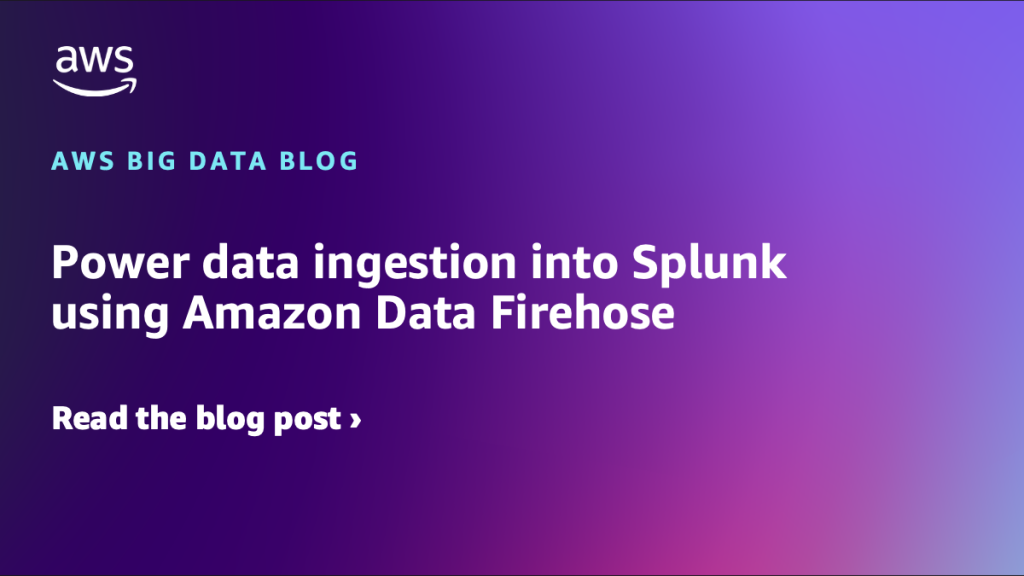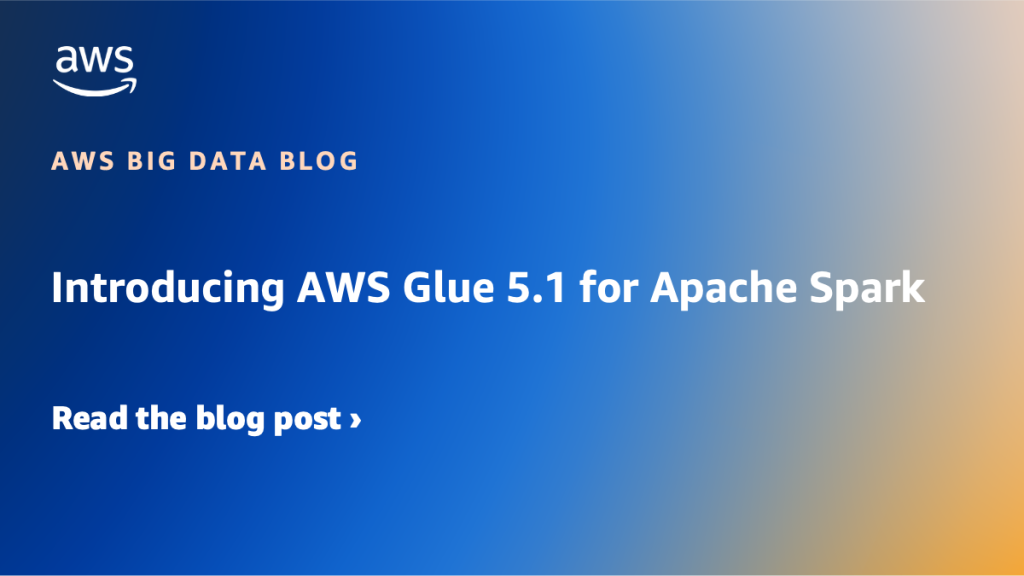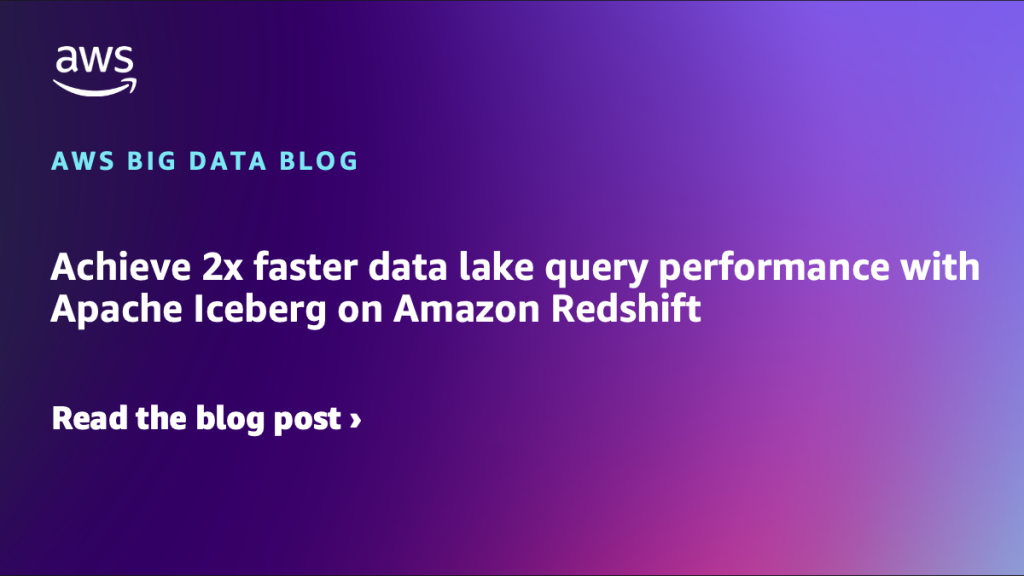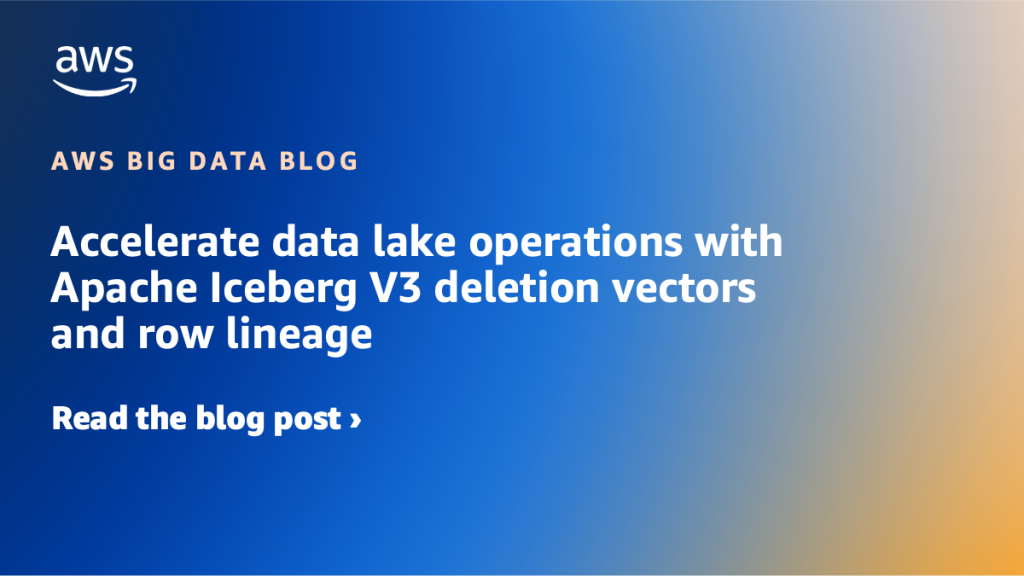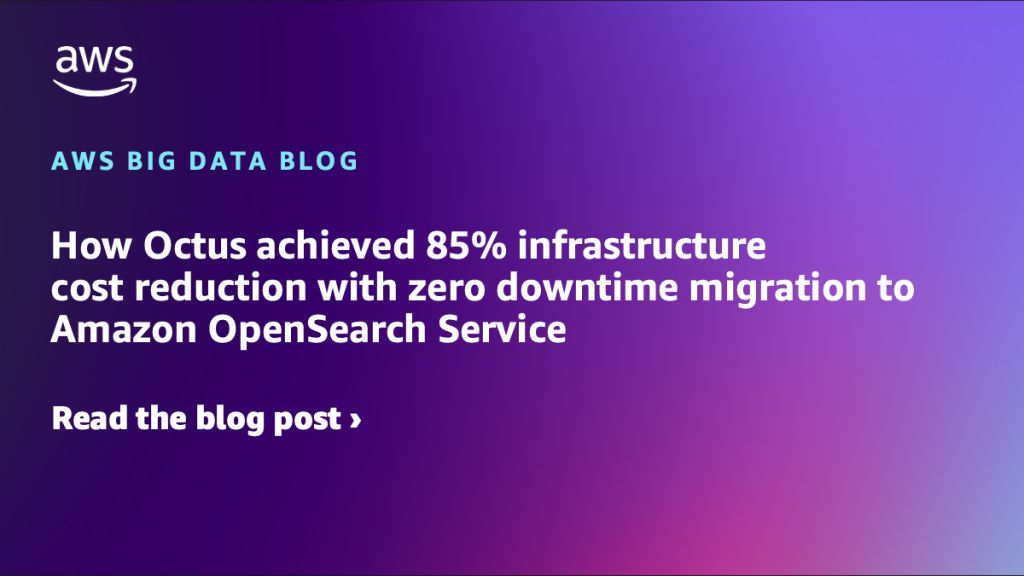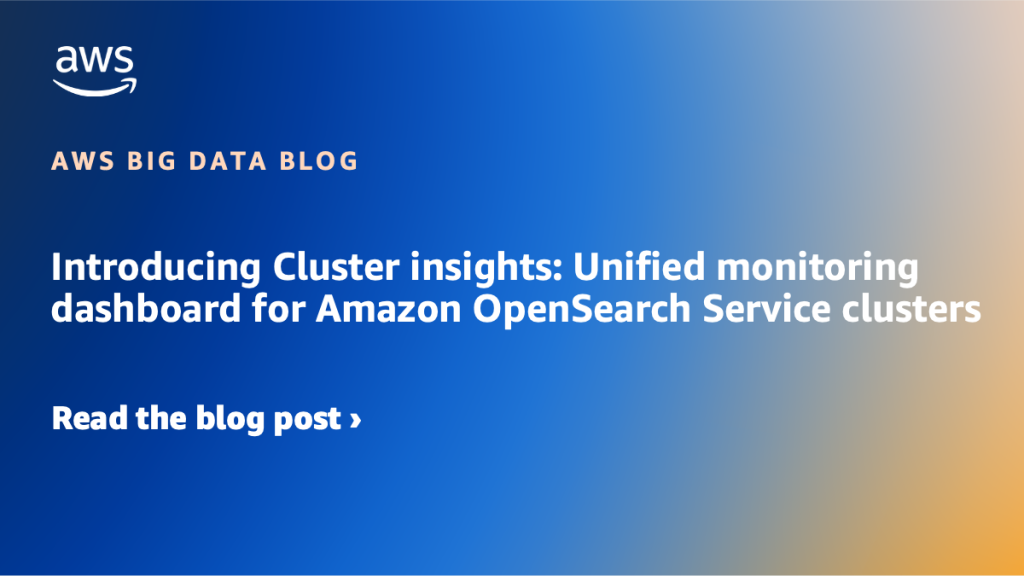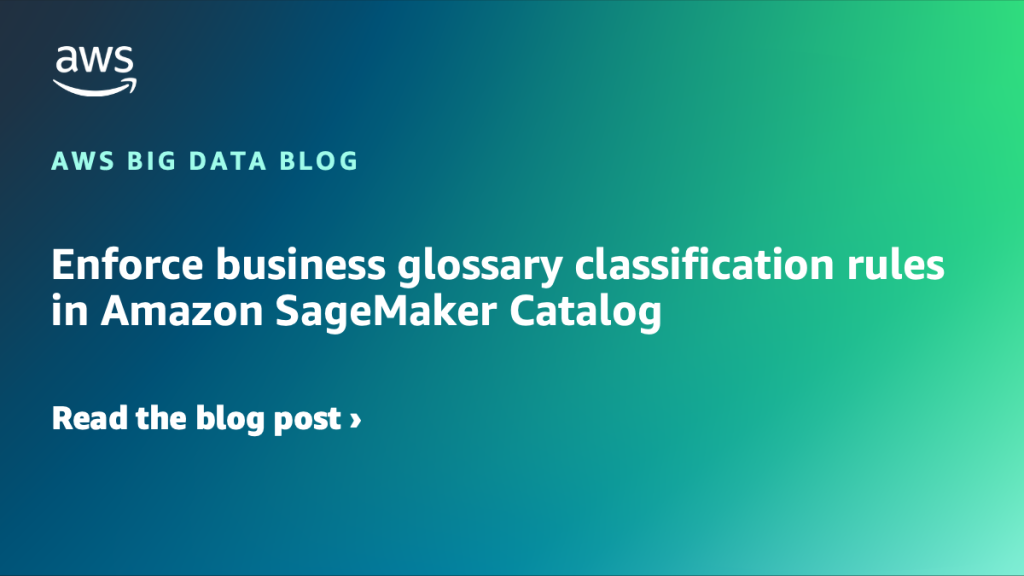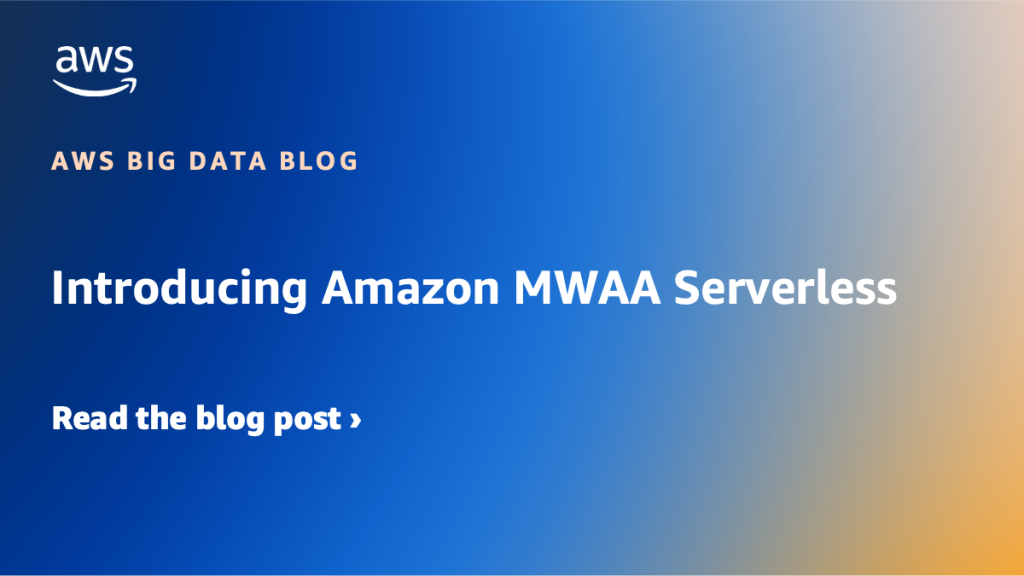AWS Big Data Blog
Category: Intermediate (200)
How Taxbit achieved cost savings and faster processing times using Amazon S3 Tables
In this post, we discuss how Taxbit partnered with Amazon Web Services (AWS) to streamline their crypto tax analytics solution using Amazon S3 Tables, achieving 82% cost savings and five times faster processing times.
Power data ingestion into Splunk using Amazon Data Firehose
With Kinesis Data Firehose, customers can use a fully managed, reliable, and scalable data streaming solution to Splunk. In this post, we tell you a bit more about the Kinesis Data Firehose and Splunk integration. We also show you how to ingest large amounts of data into Splunk using Kinesis Data Firehose.
Accelerate Apache Hive read and write on Amazon EMR using enhanced S3A
In this post, we demonstrate how Apache Hive on Amazon EMR 7.10 delivers significant performance improvements for both read and write operations on Amazon S3.
Introducing AWS Glue 5.1 for Apache Spark
AWS recently announced Glue 5.1, a new version of AWS Glue that accelerates data integration workloads in AWS. AWS Glue 5.1 upgrades the Spark engines to Apache Spark 3.5.6, giving you newer Spark release along with the newer dependent libraries so you can develop, run, and scale your data integration workloads and get insights faster. In this post, we describe what’s new in AWS Glue 5.1, key highlights on Spark and related libraries, and how to get started on AWS Glue 5.1.
Achieve 2x faster data lake query performance with Apache Iceberg on Amazon Redshift
In 2025, Amazon Redshift delivered several performance optimizations that improved query performance over twofold for Iceberg workloads on Amazon Redshift Serverless, delivering exceptional performance and cost-effectiveness for your data lake workloads. In this post, we describe some of the optimizations that led to these performance gains.
Accelerate data lake operations with Apache Iceberg V3 deletion vectors and row lineage
In this post, we walk you through the new capabilities in Iceberg V3, explain how deletion vectors and row lineage address these challenges, explore real-world use cases across industries, and provide practical guidance on implementing Iceberg V3 features across AWS analytics, catalog, and storage services.
How Octus achieved 85% infrastructure cost reduction with zero downtime migration to Amazon OpenSearch Service
This post highlights how Octus migrated its Elasticsearch workloads running on Elastic Cloud to Amazon OpenSearch Service. The journey traces Octus’s shift from managing multiple systems to adopting a cost-efficient solution powered by OpenSearch Service.
Introducing Cluster Insights: Unified monitoring dashboard for Amazon OpenSearch Service clusters
This blog will guide you through setting up and using Cluster Insights, including key features and metrics. By the conclusion, you’ll understand how to use Cluster insights to recognize and address performance and resiliency issues within your OpenSearch Service clusters.
Enforce business glossary classification rules in Amazon SageMaker Catalog
Amazon SageMaker Catalog now supports metadata enforcement rules for glossary terms classification (tagging) at the asset level. With this capability, administrators can require that assets include specific business terms or classifications. Data producers must apply required glossary terms or classifications before an asset can be published. In this post, we show how to enforce business glossary classification rules in SageMaker Catalog.
Introducing Amazon MWAA Serverless
Today, AWS announced Amazon Managed Workflows for Apache Airflow (MWAA) Serverless. This is a new deployment option for MWAA that eliminates the operational overhead of managing Apache Airflow environments while optimizing costs through serverless scaling. In this post, we demonstrate how to use MWAA Serverless to build and deploy scalable workflow automation solutions.

